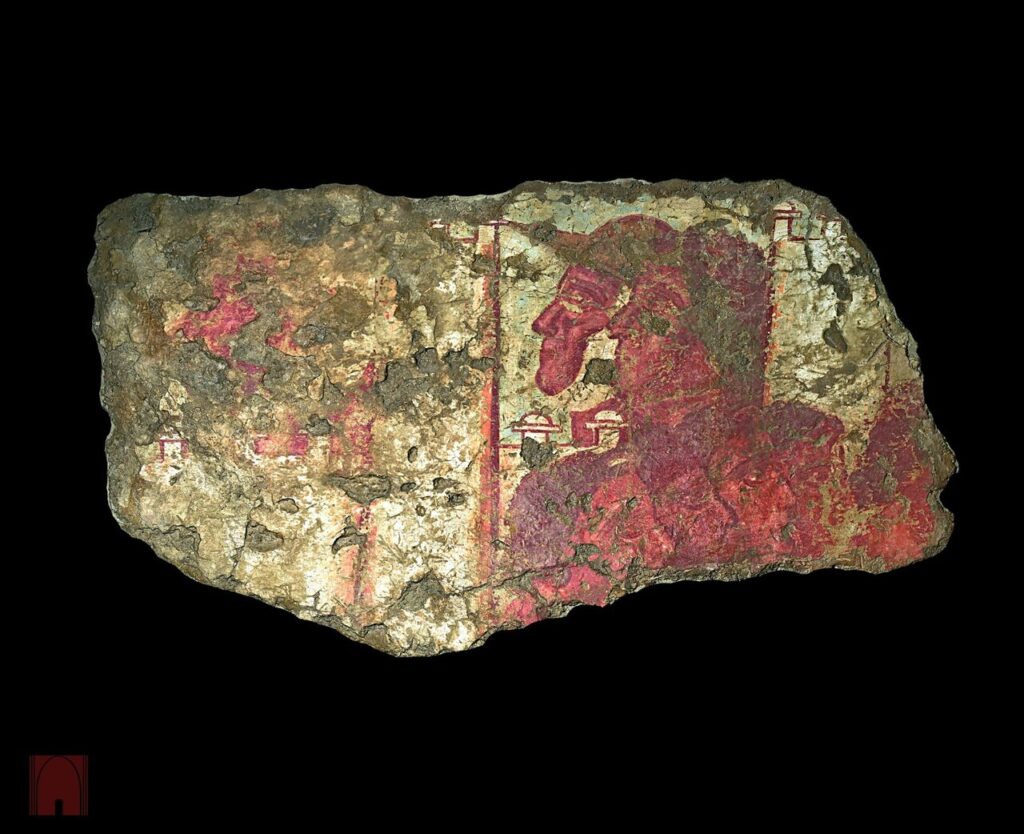Tehran – The unusual Parthian wall paintings kept at the National Museum of Iran reveal sophisticated artistry and enduring secrets.
The surviving clay-based wall paintings appeared in the Parthian period (1st to 3rd centuries AD) and were discovered in Kuekwaja, Sistan, southeastern Iran.
It was carried out on clay and straw (Kah-gel) surfaces and originally formed part of the decorative plan in the Great Palace within the Kuh-e Khwaja complex. This work is currently protected in the collection of the National Museum of Iran.
Discovered during excavations by the Iranian National Institute of Bone Protection and the Ismeo Institute in Italy in 1976, the painting depicts a mysterious procession of male heads alongside the wall segment. The artist intentionally exaggerated the size of his head compared to his architecture to highlight facial features. Two central numbers appear in the left profile, with the lower head facing in the opposite direction. Its distinctive ochre, red, green and white palette sets it apart from the works of the same period.
The academic interpretations differ: some suggest that it represents a religious ritual or civic meeting, others identify the numbers as hierarchically arranged gods. The unusual composition of this work continues to generate academic debate. The mass of volcanoes at Kuh-e Khwaja (“Mountain of the Master”) dominated the Sistan landscape during the Parthian period and served as a unique blend of fortresses, palaces and religious complexes. This isolated outcrop near the Iran-Afghan border today controlled important trade routes, introducing Parthian architectural ingenuity.
Built using traditional Kagel (clay and stowe) techniques, the site featured a monumental fire temple, a royal residence with elaborate stucco decorations, and a sophisticated water management system. Its art includes an oversized figure of the famous procession murals – reducing the vibrant fusion of Iranian, Hellenism and local styles.
As both a strategic hub and a spiritual center, Kuh-e Khwaja has become a cultural crossroads where Persian traditions blend with Greek and central Asian influences. The King Vologas IV coin confirms its importance before it fades into the Sasania era. Today, the fragile ruins in the Hamun Wetlands hold important evidence of the Parthian civilization at their height.
morning

